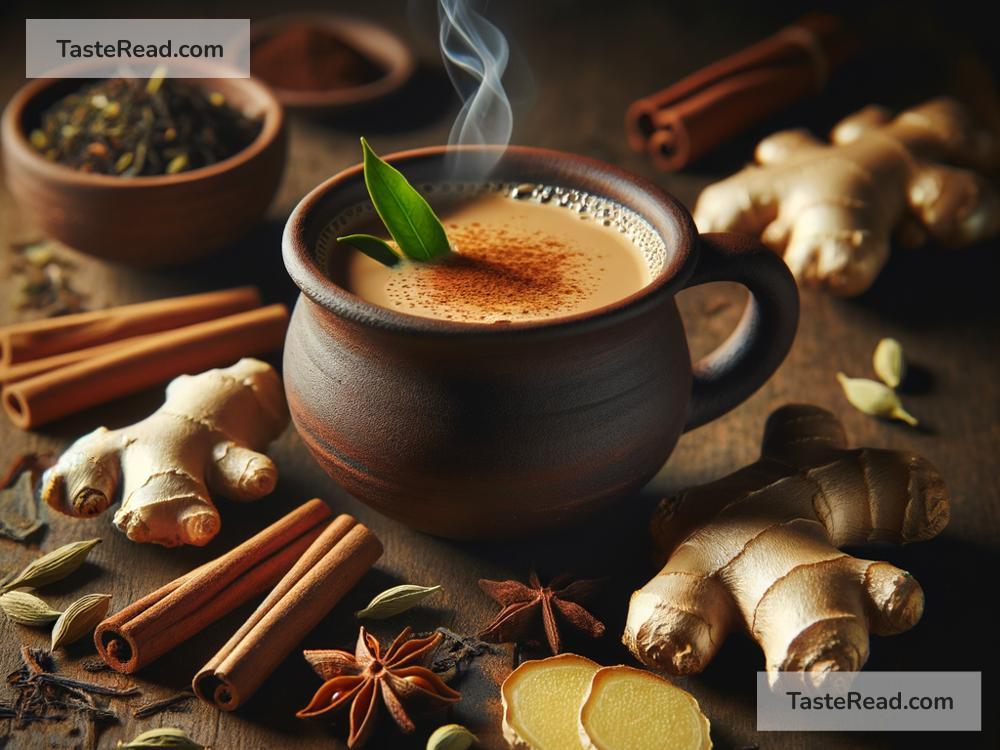The Story of Indian Chai: A Journey of Flavors and Traditions
In India, chai is more than just a cup of tea—it’s an emotion, a routine, and a cultural treasure. Whether it’s a chilly morning, a rainy afternoon, or a tiring day, chai is the go-to drink for millions across the country. But have you ever wondered about its origins and journey? Let’s explore the fascinating story of Indian chai and how it became one of the most cherished beverages in the world.
The Beginning of Tea in India
Tea has been grown in India for thousands of years, but surprisingly, its early history was not about chai as we know it today. In ancient times, tea leaves were often used for medicinal purposes. People boiled wild tea leaves and used the brew to treat illnesses or boost energy. However, tea was not yet a beloved drink or part of daily life.
The real turning point for tea in India came in the early 19th century when the British arrived. At that time, Britain was one of the largest consumers of tea, but they relied heavily on China for their supply. To break this dependence, the British decided to grow tea in India, specifically in regions like Assam and Darjeeling, which had the perfect climate and soil for tea cultivation.
The British Influence
In the 1830s, the British East India Company began large-scale tea plantations in India. They brought in tea plants from China and started producing black tea. Soon, Assamese tea plants were also discovered and cultivated. This marked the start of India’s rise as a major tea producer.
Initially, the British promoted tea to Indians as a classy drink. They encouraged tea drinking, hoping to create a market within the country. However, tea consumption among locals remained limited because it was seen as a foreign drink and was expensive for the common man.
The Birth of Masala Chai
While the British focused on plain tea with milk and sugar, Indians transformed it into something unique—masala chai. Instead of brewing tea leaves alone, Indian households began adding spices like ginger, cardamom, cinnamon, cloves, and black pepper. These spices enriched the drink with bold flavors and health benefits.
Masala chai wasn’t just a drink; it became a remedy for ailments such as colds, indigestion, and fatigue. The combination of aromatic spices and tea created a warm, comforting beverage that perfectly suited Indian tastes. Over time, masala chai grew in popularity, spreading from homes to roadside tea stalls known as “chaiwallahs.”
Chaiwallahs: The Heart of Indian Chai Culture
If you’ve ever traveled in India, you’ve likely seen chaiwallahs. These small tea vendors can be found on busy streets, railway stations, offices, and even remote villages. Chaiwallahs play a key role in making chai accessible to everyone, selling hot, flavorful cups of tea at affordable prices.
The chai served at these stalls is simple yet irresistible. It’s made by boiling water, milk, tea leaves, sugar, and spices together in large pots. Served in small glasses or clay cups called “kulhads,” the tea has a rich, earthy taste that’s hard to forget. The experience of standing by a chai stall, sipping hot tea, and chatting with friends is an essential part of India’s everyday life.
Chai in Modern India
Today, chai is India’s most consumed beverage, with billions of cups drunk every year. But it’s more than just a drink; it’s a symbol of hospitality and connection. Offering chai is a common gesture when guests visit your home or during business meetings. In fact, no discussion, celebration, or gathering feels complete without chai.
The popularity of chai has also crossed borders. Indian masala chai is now enjoyed worldwide, often featured in cafes under the name “chai latte.” While the preparation methods may vary, the essence of Indian chai remains the same—a blend of warmth, flavor, and tradition.
Health Benefits of Chai
Many people treasure chai not just for its taste but also for its health benefits. The spices commonly used in chai, such as ginger and cardamom, are known to improve digestion, boost immunity, and reduce inflammation. The caffeine in tea gives a gentle energy boost, while the milk adds nourishment.
However, moderation is key. Too much chai, especially if sweetened with lots of sugar, can lead to excessive calorie intake. But when enjoyed responsibly, chai can be a comforting and healthy addition to your daily routine.
The Future of Indian Chai
As India continues to modernize, chai remains a constant in the lives of its people. New flavors and innovations are emerging—for example, iced chai or chai with exotic spices like saffron. Tea companies are finding creative ways to package and market Indian chai globally, ensuring its legacy continues to grow.
Despite these changes, the heart of chai stays the same. It represents moments of joy, relaxation, and connection. Whether you drink it on a bustling street corner or in the quiet comfort of your home, chai carries the spirit of India—a mix of history, culture, and togetherness.
Conclusion
The story of Indian chai is a tale of transformation, adaptation, and love. From ancient medicinal brews to British tea plantations to masala chai and chaiwallahs, this humble drink has evolved into an integral part of Indian life. So, the next time you sip on a steaming cup of chai, remember the rich history it holds—the flavors are not just spices and tea but a reflection of India’s vibrant culture and traditions.


